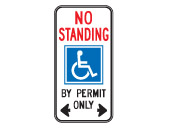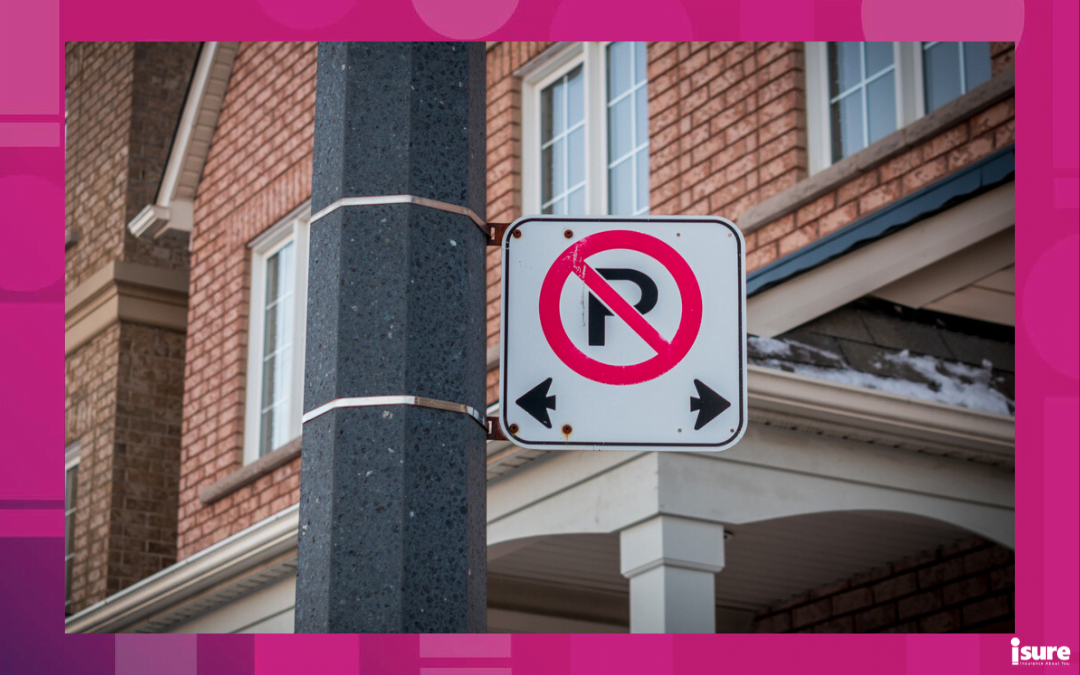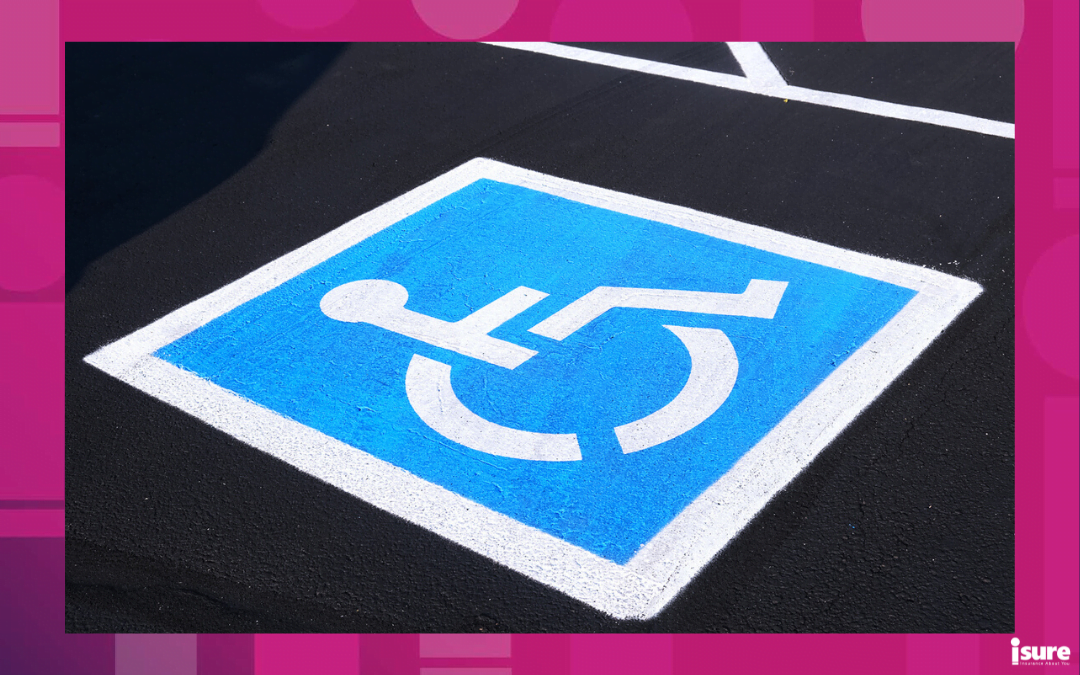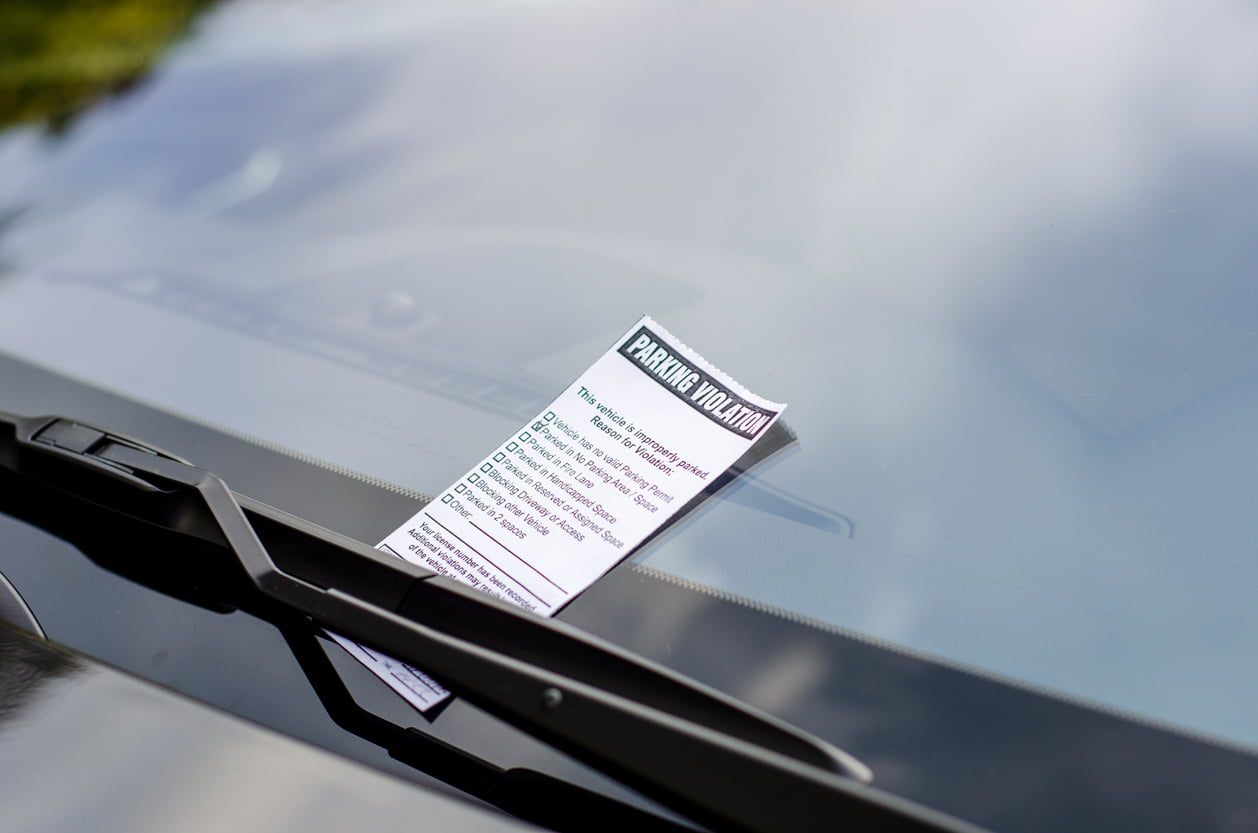Parking in Ontario can be tricky to fully understand because rules differ from city to city. In bigger cities, like Toronto, many areas will also have different rules when it comes to parking. Though this may seem tedious, isure is here to help you with their extensive guide to parking in Ontario! This way, you can avoid parking tickets and not have to worry when you’re out and about with your car. Whether it’s parallel parking or parking on a hill, read below to learn everything there is to know about parking in Ontario.
General parking in Ontario
As mentioned before, parking in Ontario rules can change from road to road and city to city. This is why the signs posted around the province are going to be your best friend when you’re looking for a place to park your car. These signs can have many different pieces of information on them, but may not always have every parking by-law posted. Most signs will usually state that you may not stop or have a limit posted when it comes to stopping, standing or parking.
Parking rules in Ontario
There are a few basic rules to follow when you’re parking in Ontario, specifically when it comes to parking on the side of the road. These rules include:
- Never park on the travelled part of the road, always drive onto the shoulder.
- Never park on a curve, hill or anywhere you do not have a view of at least 125 metres in both directions.
- Do not block any parked vehicles, sidewalks or crosswalks.
- Do not park within three metres of a fire hydrant.
- Do not park within 100 metres of a bridge.
- Do not park within six metres of a public entrance to a hotel, theatre or public hall when open.
- Do not park within 15 metres of an intersection if it contains traffic lights.
- Do not park where you will get in the way of traffic or snow clearing.
- Never open the door to your parked vehicle without first checking for traffic or bikers.
Once you are parked, turn off your lights and ignition, remove your key and lock your doors. Before leaving your parking spot, always signal and check for traffic while making sure it is safe to leave.
Parking signs and their meaning
Some signs for parking in Ontario may be hard to understand. Below are some of the common ones you may see around your city, and how to read them:

Photo via ontario.ca
Do not park in this area between the signs. This means you may not stop your vehicle except to load or unload passengers or merchandise.

Photo via ontario.ca
This sign signifies that you may park in the area between the signs during the times posted.

Photo via ontario.ca
When this sign is present, do not stand in the area between the signs. This means you may not stop your vehicle in this area except while loading or unloading passengers.

Photo via ontario.ca
If you see this sign, it means you can not stop your vehicle in the area between the signs, even for a moment.

Photo via ontario.ca
This parking space is only for vehicles displaying a valid Accessible Parking Permit (see below for more information).

Photo via ontario.ca
A sign like this reserves curb area for vehicles displaying a valid Accessible Person Parking Permit picking up and dropping off passengers with disabilities.
Parking with a disability
If you have a disability in Ontario, you are able to receive an Accessible Parking permit. This is a laminated card that is displayed on your dashboard or rear view mirror that states the person driving has a disability. This permit entitles the vehicle owner to park in designated parking spots, as well as standing in stopping areas. This permit is free of charge to qualified individuals and is issued to the permit holder, not a specific vehicle. To qualify for this type of parking permit, you must have one of the following people certify you:
- Licenced physician
- Chiropractor
- Nurse practicioner
- Physiotherapist
- Occupational therapist
Remember, it is illegal to park in a space designated for people with disabilities if you do not have a permit.
Parallel parking in Ontario
Parallel parking in Ontario is something many drivers dread doing! Parallel parking is when you park a vehicle with its wheels parallel to the side of the road, usually sandwiched between multiple vehicles. Of course, this is only done where it’s allowed, as some signs state that vehicles must be parked at an angle. Remember to park on the right side of the road and face the direction of traffic.
In order to do this properly, you must find a space that is about one and a half times the size of your vehicle. Check for traffic, and put your signal on when you wish to pull over. Pull ahead of the space you wish to park and leave about a metre between the vehicles. From there, follow the steps below to perfectly parallel park:
- Slowly reverse into the space, turning the steering wheel towards the curb.
- When you spot the outside corner of the vehicle in front of your space, straighten your wheels and continue reversing.
- Turn your steering wheel fully towards the road and align yourself with the curb. If you are not parallel to the curb, drive forward to straighten up.
- Once properly parked, set your parking brake and move your gear into park. If you have manual transmission, shift into first or reverse gear.
- Turn off your engine and remove the key from the door. From there, lock your vehicle and remember to check for traffic before opening your door!
Parking on a hill
Parking on a hill can sometimes be tricky in Ontario, and many people tend to avoid it. However, if done correctly, parking on a hill can be an easy and safe way to park your vehicle. Other times, you may not have a choice. When you are facing downhill, turn your front wheels towards the curb so that your car does not roll into traffic. If you are facing uphill and there is no curb beside you, turn your wheels sharply to the right. This will ensure that your vehicle goes to the side of the road rather into traffic if it were to roll.

Photo via ontario.ca
It is also important to always set your parking brake and move your gear into park. If your vehicle has a manual transmission, shift into first or reverse gear. As always, be sure to lock your vehicle and check for traffic before exiting.
Roadside stops in Ontario
if you need to stop at the side of the road without actually parking, there are also directions to be followed for this. This way, you can safely check maps, or look for directions safely and legally.
- Before slowing down, check your mirrors and blind spots to make sure you are clear from traffic.
- Turn on your signal before you slow down. If there are drivers waiting to enter the road between you and the point where you stop, wait until you have passed so that driver’s do not think you are turning.
- Reduce your speed and steer to the side of the road, making sure you stop parallel to the curb or side of the road. Make sure you are not blocking any entrances or traffic!
- Turn off your signal and turn on your hazard lights.
If you are parking on a hill, follow the above instructions by shifting your wheels against the curb in the appropriate direction so that your vehicle does not roll. When you wish to return to normal traffic, release your parking brake and move the selector into drive. From there, check your mirrors and make sure you are clear of vehicles or cyclists. You can return to the road by accelerating smoothly and blending with the traffic around you.
Hopefully, by the end of this article you feel more comfortable with your parking technique! Familiarizing yourself with parking safety and the basic parking rules in Ontario that don’t always appear on signs is a great way to make sure you are obeying the law and keeping everybody around you safe. Remember, if you are looking for auto insurance, request a quote with isure and take advantage of our top tier customer service and best rates.




